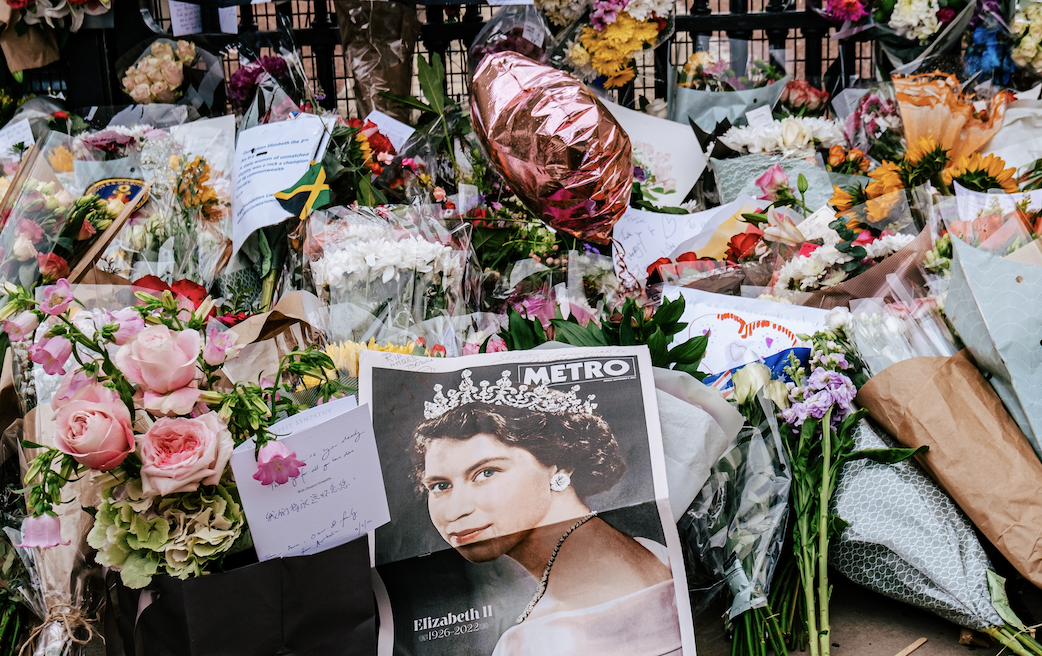Queen Elizabeth II, Britain’s longest-ruling monarch, died on Thursday, September 8th at the age of 96 at the Balmoral Castle in Scotland. Her death led to the accession of her son, King Charles III, to the throne, which then puts Prince William next in line for the throne. The beloved monarch is survived by her four children, eight grandchildren, and twelve great-grandchildren.
Queen Elizabeth ascended the throne after the death of her father George VI in 1952. During her 70-year-long reign, she met with numerous world leaders and worked with 15 United Kingdom prime ministers (including Winston Churchill). She served during World War II and ruled through the Cold War and the Covid pandemic, while also overseeing the dissolution of the British Empire and the emergence of the United Kingdom as a thriving nation.
In 2015, Queen Elizabeth II broke her great-great-grandmother Queen Victoria’s record as the long-serving British monarch. This milestone has made her the second-longest reigning monarch in the world; she is second only to the French King Louis XIV who ruled for over 72 years. Despite having a record-breaking reign and being one of the most beloved monarchs in the world, when growing up, Queen Elizabeth never expected to be queen. In 1952, she ascended the throne after Edward VIII abdicated his recently deceased father’s throne (Elizabeth’s grandfather). Since Edward did not have any children at the time, Elizabeth’s father inherited the crown, making Elizabeth his successor.
The Queen’s funeral took place at Westminster Abbey on September 19th, 2022. She was laid to rest at St. George’s Chapel in Windsor Castle beside her husband, her parents, and her sister. As a result of her death, the British government declared a period of national mourning until ten days after her death, ending on Monday, September 19.
Queen Elizabeth was known for her great skills in diplomacy and helped to strengthen the ties between the United Kingdom and many other nations during her reign. In 1991, she became the first British monarch to address the U.S. Congress. Additionally, she was a philanthropist who was involved in over 500 charities. Some of these included a medical initiative to treat eye conditions in Africa, Australia, and India, Cancer Research UK, The British Red Cross, and various other charities that ranged from supporting the environment to promoting opportunities for young people. She did not merely donate to her charities, but regularly volunteered, even during the lockdown; she often met with the staff and volunteers working at her patronages. Also, as the first modern media monarch, she brought the monarchy into the public eye more through having the first televised coronation as well as the first televised funeral of a monarch.
Although her death marks the end of an era, Queen Elizabeth II has left behind a lasting legacy and she will forever be remembered for many years to come, most importantly as a unifying figure that many Britons could look up to.
Sources:
“The 10 Days of Events Following the Death of Queen Elizabeth.” Reuters, Thomson Reuters, https://graphics.reuters.com/BRITISH-ROYALS/QUEEN/xmpjoajdbvr/.
Bridge, London. “The Queen’s Charities and Patronages.” The Royal Family, 8 Sept. 2022, https://www.royal.uk/the-queens-charities-and-patronages.
Bridge, London. “The Queen’s Charities and Patronages.” The Royal Family, 8 Sept. 2022, https://www.royal.uk/the-queens-charities-and-patronages.
“Kings and Queens of England & Britain.” Historic UK, https://www.historic-uk.com/HistoryUK/KingsQueensofBritain/.
Mendoza, Jordan. “With Queen Elizabeth II’s Death, What Changes in the UK? The National Anthem, Money and More.” USA Today, Gannett Satellite Information Network, 11 Sept. 2022, https://eu.usatoday.com/story/news/world/2022/09/09/changes-uk-queen-elizabeth-iis-death-money/8025370001/.

